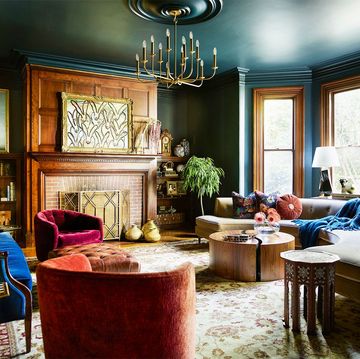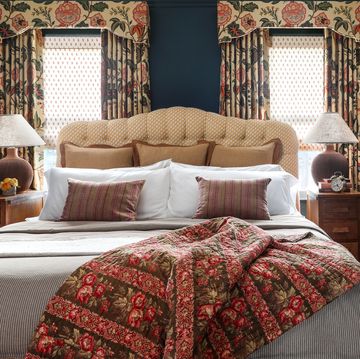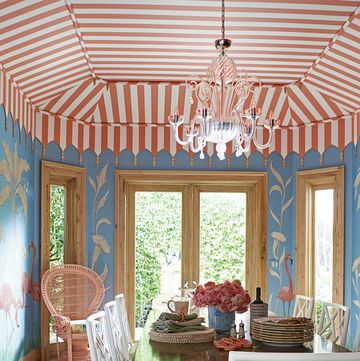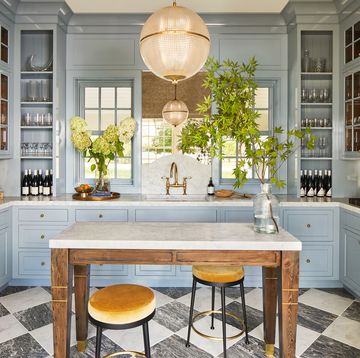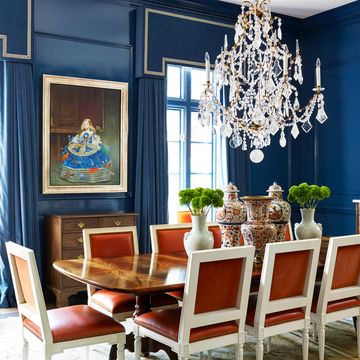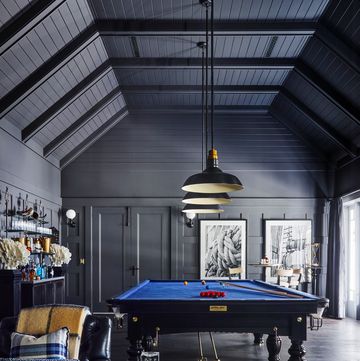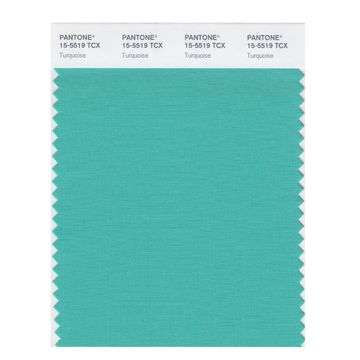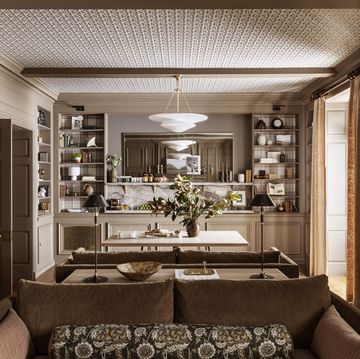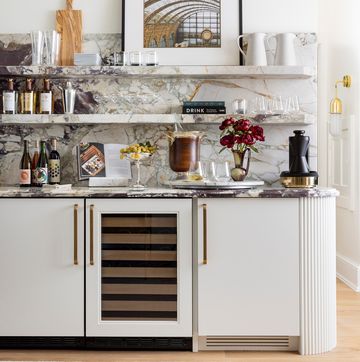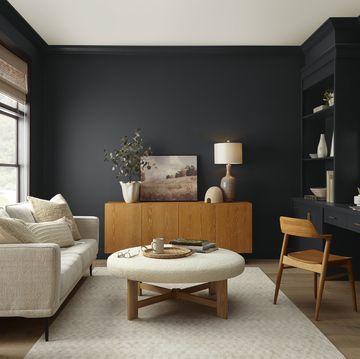As the principal of the New York City design firm that bears his name, designer Scott Sanders provides fine-tuned color strategies to his clients, tailoring his palettes to be the most appropriate and effective for any given interior. Here, he shares his color advice with us.
Q: What's the most important role color plays in a room?
A: It sets the mood for a room. The color you choose is really about what you want the room to feel like.
Q: Do you tend to use one color scheme throughout the entire interior, or mix it up room to room?
A: In general, I feel it's important to have continuity throughout the entire house. I'll use one or two colors throughout the house, and then mix in other accent colors. That gives continuity, but at the same time allows the various rooms to have different personalities.
Q: What kind of classic color combinations do you think work best?
A: Blue and white, yellow and green for a kitchen, red and black for a very formal dining room. For a library, I would suggest chocolate brown and camel or dark green and navy blue. I like burgundy and khaki, navy and khaki, or dark green and khaki. And grays and blues look really great together.
Q: What kind of guidelines would you suggest if someone wants to use bold colors?
A: You need to be aware that you will likely get tired of bold colors very quickly. If you really want to incorporate a strong, bold color, use it as an accent. Bold colors are often attractive because they are the color of the moment; this can quickly date a room.
Q: How should the homeowner account for different lighting in choosing colors?
A: Select three shades of the color you want: where you think you want to be, and one shade lighter and one shade darker. Do this with paint, wallpaper, or fabric swatches. Put the samples in two places: next to the window and in a darker corner. Look at them at different times during the day and at night. Then make your decision.
Q: Is a neutral color scheme always appropriate?
A: No. It totally depends on the house, the location, the architecture, and the personality of the homeowner. It's about trying to keep a balance. An entire neutral house can be boring.
Q: How do you use color to affect relationship and the relationship with other decorative elements?
A: Color is key to how the decor is perceived. If it's a big room, paint it a brighter, warmer color to bring the walls in. Paint a smaller room a cooler color to push the walls out. Color also establishes visual weight and balance. If you put a bold primary-based piece of art in a pastel room, it's probably not going to seem right. The colors of the art should balance the colors of the space.
Q: What are the challenges homeowners face in choosing colors and color schemes?
A: Sometimes people are scared of color, especially dark colors. Ultimately, people should really follow their heart: If they love a color, test it, and like it in place, they should not be afraid to choose it.
500+ Favorite Paint Colors App


